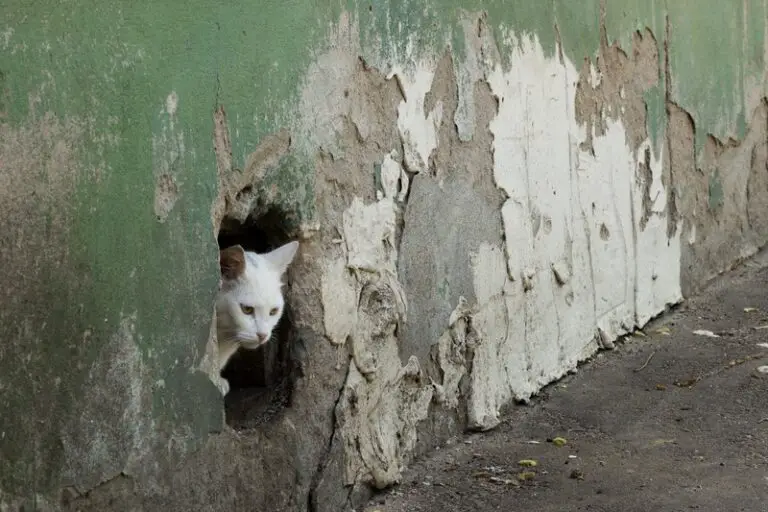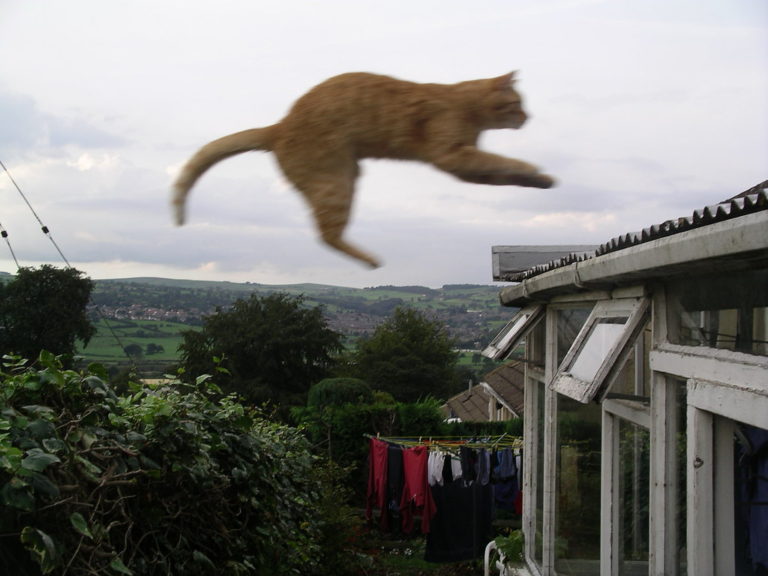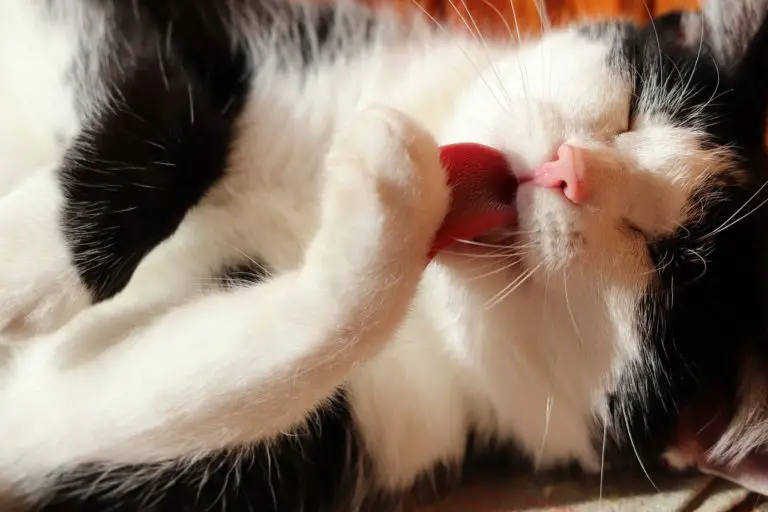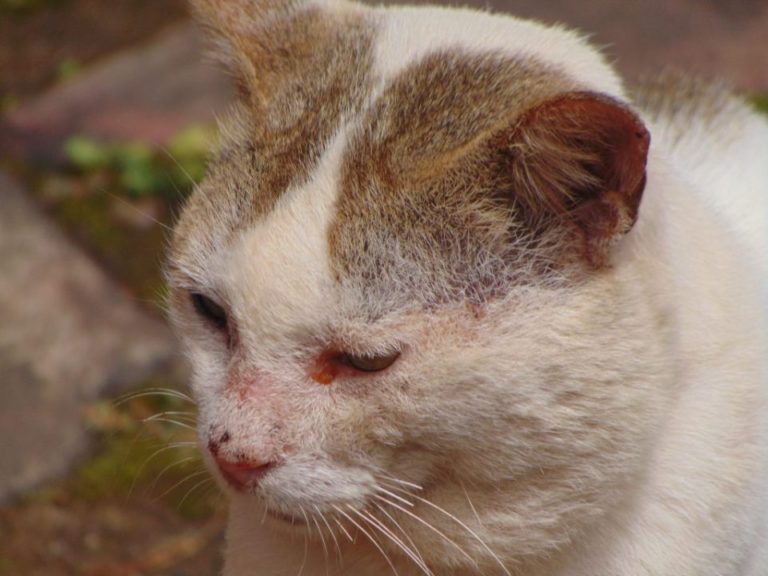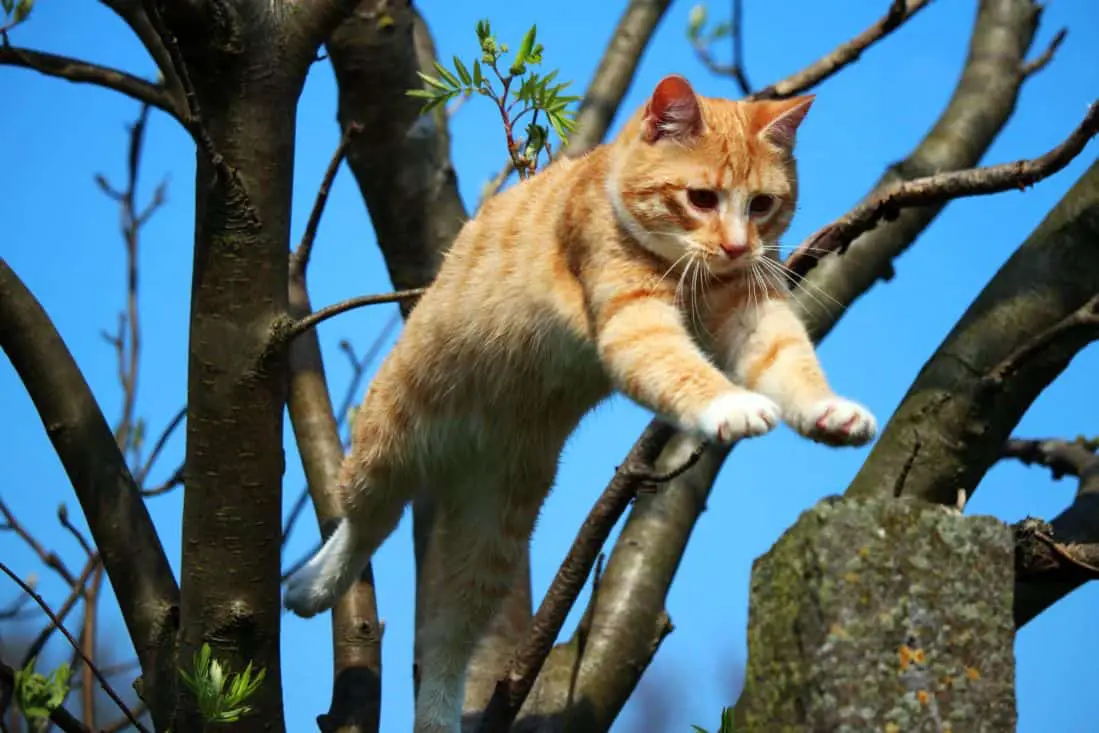
The short answer is yes, cats do always land on their feet. Cats are very agile and have a center of balance that allows them to land on any part of their body or even their tails.
The long answer is that cats have a very special ability to right themselves when they fall from heights. Cats fall at an angle, because they have a center of gravity behind the shoulder, so when they fall from high places, such as trees, they land on their feet or paws.
Cats use the ground as a trampoline by twisting their body during the fall in order to absorb the impact. They also use their tail for balance and can even fall asleep mid-air if they are tired enough!
A cat can jump up to six times its height. This means your average-sized cat can leap about 3 feet (1 meter) vertically and 5 feet (1.5 meters) horizontally.
The distance a cat can leap depends on how much muscle they have in their legs, which gives them more power. The bigger the muscles, the better the leaping ability.
Most cats have leg muscles that are about three times as powerful as ours. A cat’s muscles are also more elastic than ours, so they can stretch out to absorb more force before breaking — which is why we don’t get back injuries from falling out of trees (if we’re lucky).
Why Do Cats Always Land on Their Feet?
The answer lies in the cat’s anatomy. A cat’s center of gravity is located in its shoulder blades, which means that if it falls from a height, it will land on its feet and then tumble back down to earth.
Cats have an extremely flexible spine and can rotate from head-to-tail in a single rotation as much as 180 degrees in either direction. This helps them to twist their bodies around during the fall and land feet first instead of head first. Their tails also serve as a built-in balancing pole for when they jump off high places, allowing them to navigate through trees with ease.
This works thanks to a process called “righting reflex.” When a cat is falling, its eyes send signals to the brain that tell it which way is up and which way is down. The brain then sends signals back to the body telling it how to flip over in order to land on its feet.
If a cat falls off of a roof or from a tree, it will automatically turn its body in the direction of the fall so that its feet land first.
Cats also have an amazing sense of balance and can right themselves when falling if they don’t have time to turn their bodies. This explains why cats are able to walk across thin tree branches without falling, even though they are not trying to do so.
Cats use the same muscles that let them walk up trees and walls as part of their righting reflexes. They also have better-than-average vision and hearing, which helps them avoid obstacles while climbing around trees and walls or jumping from place to place.
Do Cats Land on Their Paws?
Cats have a unique way of landing. Many people would be surprised to learn that cats do not land on their paws. Instead, they land on their forelimbs and then immediately shift their weight forward so that they can land on their feet.
This is a very different pattern from what we see in other animals like dogs or humans. When we fall, we tend to try to land on our feet and then use our arms to break the fall. This is an instinctual response that allows us to avoid injuring ourselves by breaking the fall with our hands and arms.
Cats do not have this instinctive response because they are much more agile than humans are. They are able to rotate their bodies in midair so that they are always facing forward when they land on their feet. The result is that they do not need their forelimbs as shock absorbers because they have already used them by shifting their weight forward before landing.
While cats are able to land on their feet, they do not always do so. In fact, cats can be trained to fall into a box when dropped by their owner.
If your cat does fall from a distance and doesn’t land properly, it’s best to take him or her to the vet immediately for an exam.
Do Cats Always Land on Four Paws?
The answer is no. Cats can land on all four paws, two paws, or even with their hind feet touching down first. Cats that fall from great heights often fall onto their side and then roll over onto their feet.
Cats are famous for their ability to land on four paws. However, this does not always happen, and cats can fall on their sides or backs when they jump down from high places.
Cats can jump up to seven times their own height. This is possible because they have very flexible spines and a special arrangement of muscle fibers that allow them to store energy in the muscles and then release it quickly to propel the body upwards. This is called elastic energy storage.
A cat’s hind legs are much stronger than its front legs, giving it the ability to leap great distances. The back legs also contain a special muscle called the tibialis cranialis muscle that helps stabilize the knee joint during jumping so that it doesn’t collapse under stress.
When cats jump down from high places, they often land on only two paws instead of four as they don’t have enough time between jumping off something and landing on the ground for their bodies to rotate around their hips so that all four paws hit at once.
At What Height Do Cats Not Land on Their Feet?
The answer is about 10 feet.
Cats have an amazing ability to land on their feet after a fall from any height. This is called the cat’s “righting reflex.”
Cats have five toes on each of their front feet, and four toes on each of their back feet. These are arranged in a way that helps them land on their feet. Each toe has a padded pad and an extended claw, which form an interlocking system that allows cats to grip onto surfaces like tree branches, ledges, and other objects.
Cats also have flexible ankles that allow them to rotate their legs as they fall, which helps them land upright as they fall. The righting reflex works best when cats fall from heights between 1 foot (0.3 meters) and 10 feet (3 meters). A kitten learns how to control its body when it falls from these heights during its first few months of life by falling off high places such as shelves or bookcases or climbing down from tables or chairs.
The reason for this ability lies in the anatomy of their legs. Cats have an elastic ligament in their ankles that allows them to bend their legs when they land, absorbing some of the impact before their bodies hit the ground. This means that when they fall it doesn’t hurt nearly as much as if they didn’t have these special abilities!
Can Cats Survive Terminal Velocity?
The short answer is yes. Cats can survive terminal velocity, which is the speed at which gravity pulls them back down to earth. However, they can’t survive it unscathed.
Cats are pretty tough animals. They can survive falls from high places and even land on their feet.
Terminal velocity is the speed at which gravity pulls an object to its death. When a cat jumps off a ledge, it begins slowing down almost immediately, thanks to air resistance. However, if the cat has enough time to accelerate away from the ground before reaching terminal velocity, it will live through its fall.
To answer this question, we need to know what terminal velocity is for cats. Cats have a low mass compared to humans and other animals, so they reach a lower terminal velocity than we do — but they still reach one eventually!
Cats can reach speeds up to 60 mph (97 km/h) in free fall before experiencing terminal velocity. So if you’re worried about your cat jumping out of an open window or from a tree, don’t be!

